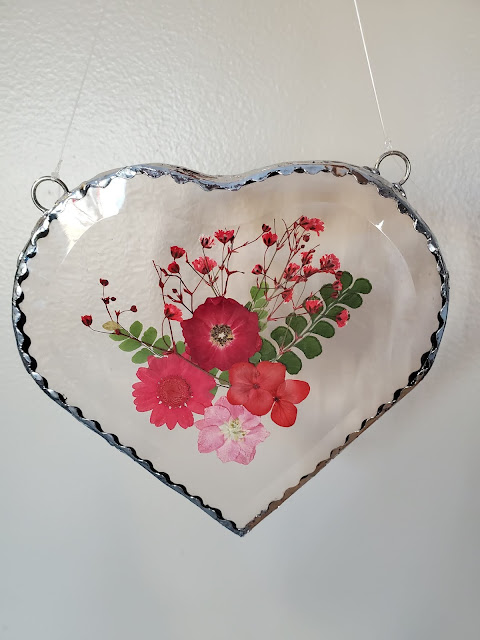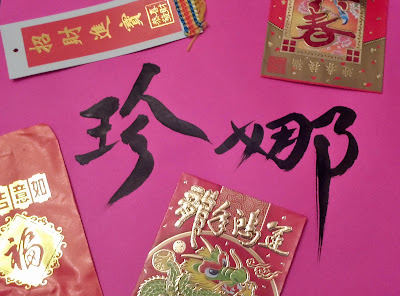Live Edge Furniture
A while back, I bought two slabs to try my hand at making some live-edge tables. I bought one piece of curly maple, and one piece of black walnut.
As it turned out, the maple was to become a new desk for Ginger and the walnut, a nice coffee table for the living room.
One of the first things you need to do when working with these large slabs is to cut off the ends that may be checked or split. Since this thing cost quite a few bucks, I was careful to only cut off what was necessary.
I had to build a “sled” and table where I could use my router to pass back and forth across the slab, making it nice and flat on both sides and getting it to a universal thickness. This was the most painstaking part of the work and each slab took me about 6 hours of milling with the router.
Once the slabs are milled, I took notice of any cracks that I may need to address or overall features or figure that may make for a spectacular finished product. One thing I love about woodworking is the mystery that lies beneath the rough-sawn wood
I had read online about how in the ye oldie days, cracks in wood were repaired or held together with different wooden joinery, primarily “bow ties” that span the crack and help keep it from getting wider. Today, many woodworking outlets sell nice jigs you use with your router to create the perfect slot and the perfect bow tie to put into the slot. I thought about buying one and decided to hand-make my own. Personally, I feel that the more you can do by hand, the better. Going too far with all the neat toys…I mean tools, and it kind of takes away from the “hand-made” idea of the project. I’d feel like I cheated or something.
Since I had both maple and walnut for these two
projects and some cutoff pieces of both, I figured they’d be good for making
bow ties and not having that wood go to waste.
I’d use the maple in the walnut, and the walnut in the maple for a nice
contrast.
As you can see in the following pictures, not only did the grain on both pieces come to life, but the hand cut bow ties contrasting with the opposing species of wood really stand out. On the walnut piece, I had a long crack that ran the length of the slab. It was fairly stable, but I knew I’d want to bow tie that together as well as fill the crack in a little. I used the maple from the desk to make 5 bow ties to place along the crack. Why 5? I’ve been told that odd numbers look better…so there ya go…. Dealing with the crack, I discovered epoxy….
After the bow ties were fitted into the walnut slab, I mixed some charcoal dust with my epoxy and injected it into the crack with a syringe so I wouldn’t make a huge mess trying to pour it. Once it was all set, I went back with my cabinet scraper and scraped it flush with the surface.
Now it was time for finishing. I chose to use a product called Waterlox. It was pretty expensive however; it is made to be very water resistant (perfect for a coffee table) and very durable. I still recommend using a coaster on all your wood tables regardless of the finish.
These turned out to be some of my favorite and finest projects. I have another walnut slab in the shed that is waiting to be made into the next project (I’ll take commissions…hint hint :D).
I hope you enjoy the pictures along the way!
Mr. Sawdust













































